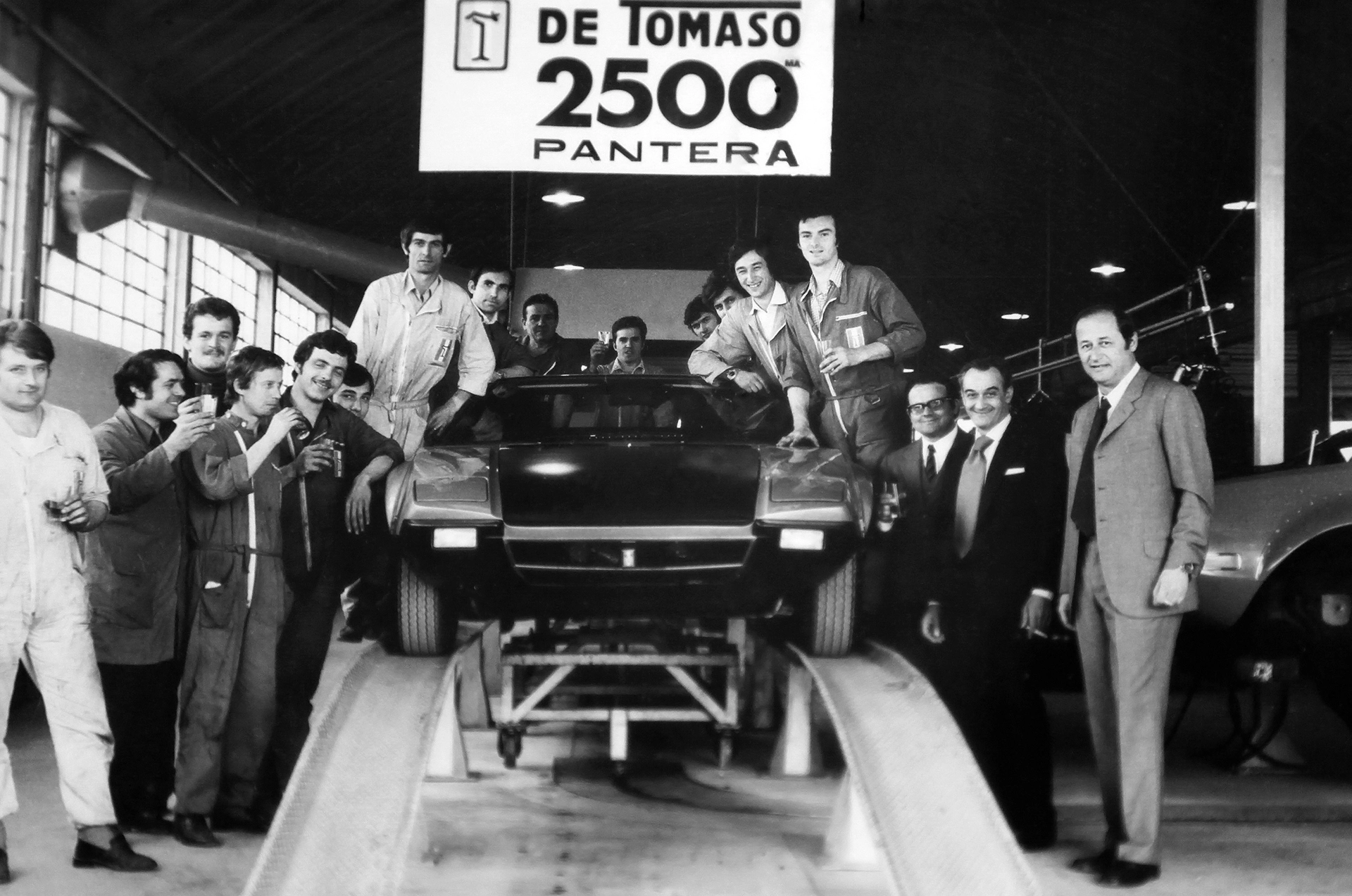Drivers Becoming Constructors: Alejandro de Tomaso
29 June 2024 3 min read 4 images

Photo credit: Artcurial, RM Sotheby’s, Wheelsage
Alejandro de Tomaso arrived in Italy from Argentina in 1954 to continue his racing career. His destination was Modena, which was "the world capital of racing" at that time. There he met a young American woman, also a racer, named Elizabeth Haskell, who would be his lifelong companion. In his early thirties, Alejandro raced with an OSCA and together they competed in major races, including the famous Mille Miglia. Although he wasn't poor, she was very wealthy and they quickly made their way, soon opening a workshop with support from the Maserati Brothers, then builders of the OSCA in Bologna. This workshop soon became the platform for his life's success. Despite racing in a few Formula 1 events with Scuderia Centro Sud, Alejandro realized he shouldn't persist in racing, and his wife helped him finance what would become Automobili De Tomaso.
Register to unlock this article
Signing up is free and gives you access to hundreds of articles and additional benefits. See what’s included in your free membership. See what's included in your free membership.
Already have an account? Log In


